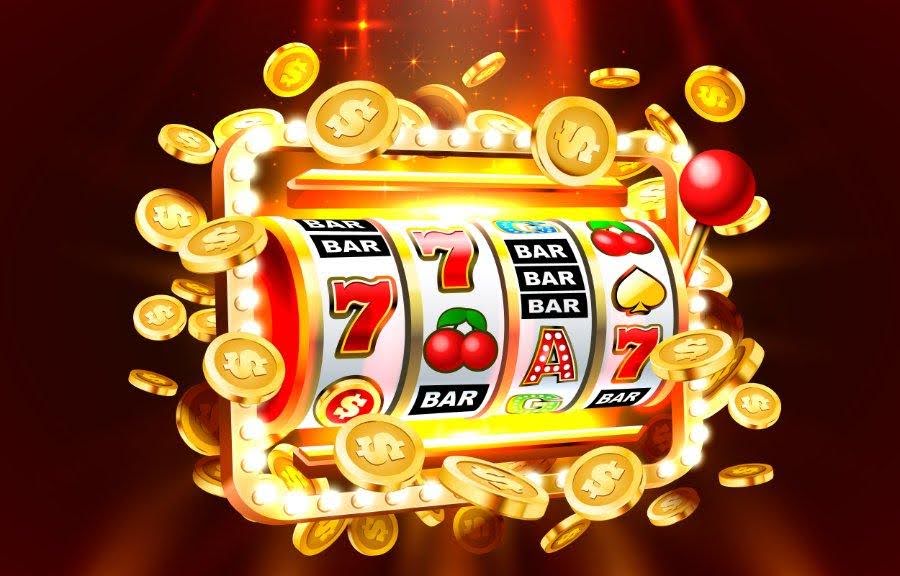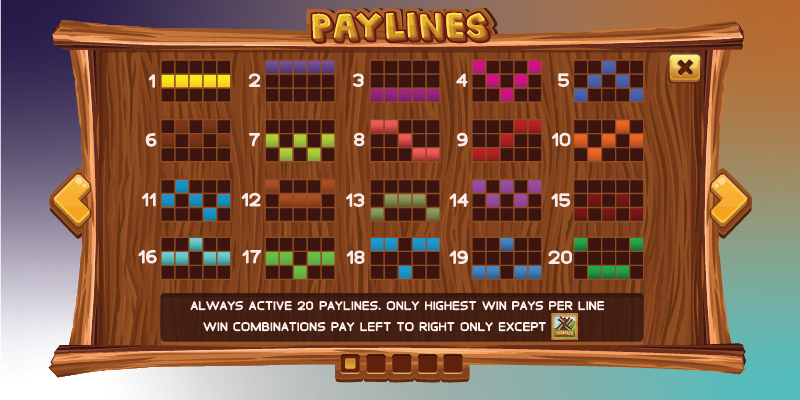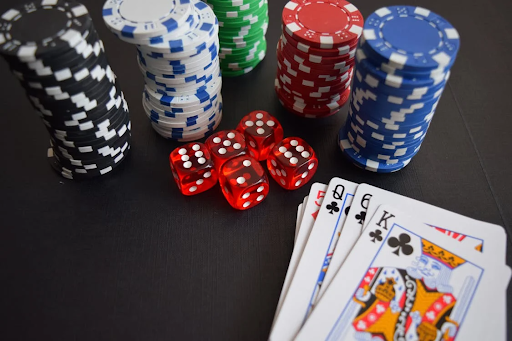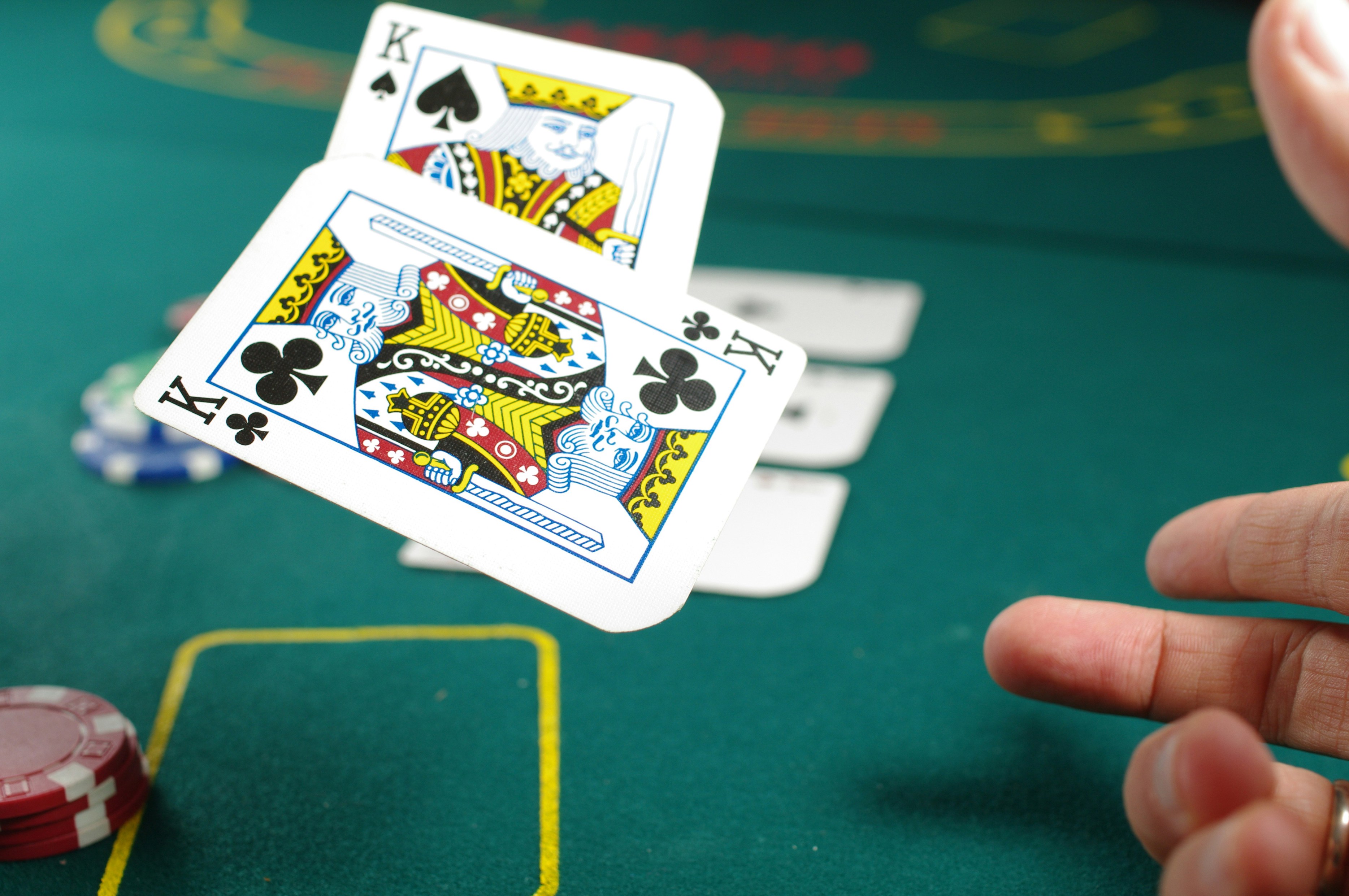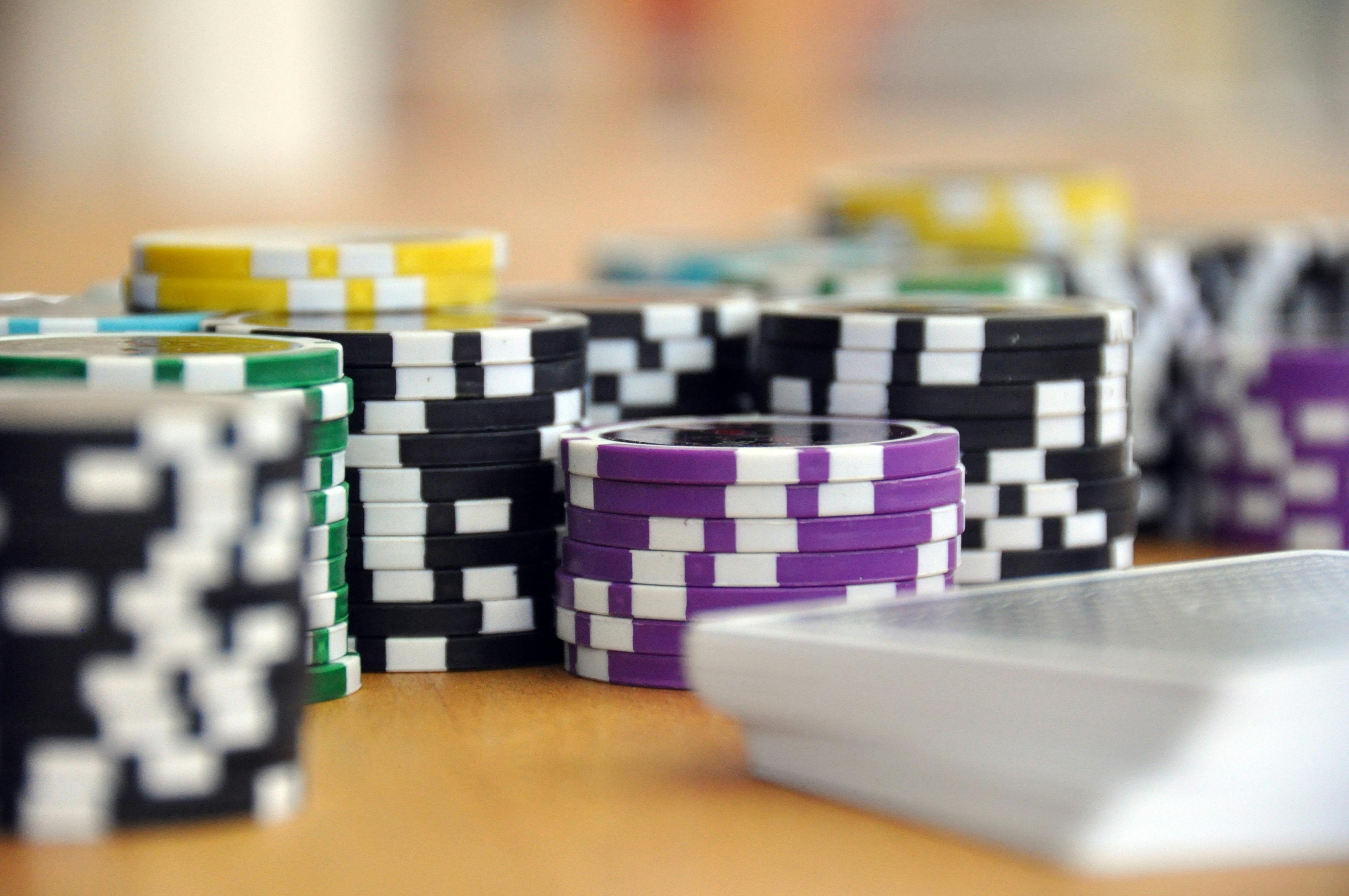How to Shoot Dice in Craps? Detail Explanation From Expert
Shooting dice is a crucial aspect of this exhilarating casino game, and learning the right techniques can greatly enhance your chances of success. In our comprehensive article, we'll guide you through the step-by-step process of how to shoot dice in craps like a pro. From gripping the dice to delivering the perfect throw, we'll cover it all.
Get ready to roll the dice with confidence and increase your odds of winning big in craps!
Learn the Game Basics Before Shooting Dice
A beginner's nervousness can be significantly reduced by practicing at home before shooting dice at a casino. Here are some things to think about.
Learn Craps Pass Line Rules for Shooting Dice

Learn the Pass Line rules for shooting dice in craps:
- The pass line bet is the most important wager in craps.
- The first roll is called the "comeout roll" in a multi-roll game.
- Place chips on the "pass line" area to bet on the pass line.
- The shooter must also place a pass line bet.
- If you choose not to bet on the pass line, the dice are passed to the next shooter.
- Pass bettors win with a comeout roll of 7 or 11.
- Pass bettors lose with a comeout roll of 2, 3, or 12 (craps).
- If the comeout roll is 5, 6, 7, 8, 9, or 10, that number becomes the "point."
- A plastic disc marked "on" is placed next to the point number on the table.
- The shooter's objective is now to roll the point number again before rolling a 7.
- If the shooter repeats the point number, all pass bettors win.
- If the shooter rolls a 7 before repeating the point number, all pass bettors lose.
- The pass bet is determined by the shooter, the point number, and 7.
- Other bets may be influenced by additional numbers from you and other players.
- "Seven out" refers to losing by rolling a 7 after establishing a point.
- The dice remain with the shooter until they "seven out."
- The shooter continues rolling even if the comeout roll is a loser (2, 3, or 12).
Learn How Other Bets Work
Understanding the pass bet is crucial since shooters must wager on it, and it determines who gets to shoot next. But in order to feel completely at ease at a craps table, you need to be aware of your surroundings. In this case, you need to pay attention to other bets on the table.
Other bets are covered in depth in our How To Play Craps article, but these are the ones to concentrate on:
- Free Odds: Once the point has been decided, you can place an odds bet to support your pass or come bet. Since the free odds are paid at actual odds, your bet's free odds wager has no house advantage.
- Don't Pass/Don't Come: Pass and Come are nearly opposites. Bettors don't win when the 7 comes first; they win when the shooter repeats a point number before rolling a 7.
- One distinction is that, although bettors on the pass and come lose when the comeout roll is 2, 3, or 12, bettors don't win only when the comeout roll is 2 or 3, while a comeout roll of 12 is a push.
- Lay Odds: Don't bettors may lay the odds, identifying the actual odds of winning for the house, much as pass/come bettors may back their wagers with free odds. Once more, there is no house advantage; they are paid at genuine odds.
- Place Bets: These multi-roll wagers exclude the comeout. For instance, if you put a 6, you will win if the shooter rolls a 6, but you will lose if a 7 comes up first. Other figures are irrelevant.
- If you place 6 or 8, the house edge is at its lowest. The edges of other numbers are more significant.
Know the Lingo
Craps is almost like having its own language, especially if you go into the terminology that many dealers use to identify various dice combinations. For example, Yo-leven, or even just "yo," is common slang for 11. However, some dealers may also say, "six-five, no jive."
You may learn the terminology as you go along, but you should be familiar with a few standard words before you roll the dice.
- Shooter: The player whose turn it is to throw the dice.
- Comeout: The first pass in a series of passes. When the following roll is a comeout, the dealer will often announce it by saying, "Coming out," or, if the shooter is changing, "New shooter coming out."
- Pass: The "pass line" is the space between the two lines that circle the table. A pass bet is put there, as was previously discussed in this chapter. The shooter is deemed to have made a pass if pass bettors win after the shooter scores a point.
- Craps: When rolled on the comeout, rolls of 2, 3, or 12 are referred to as "craps" and are losers on the pass line.
- The point: The minimum roll required by the shooter before making a pass is 6. If the comeout roll is 4, 5, 6, 8, 9, or 10, it is used to decide the point.
- Seven out: Rolling a 7 before repeating the point, losing the pass bet.
Learn the Point Value
The rolled number becomes a point if the shooter doesn't pass or crap out on his first roll. Except for seven and the point value, all the dice numbers lose meaning in this situation.
To reach either number, the shooter must now keep rolling the dice. If the shooter rolls the point value twice before rolling a 7, then the Pass bets are all about that Outcome. The reverse is true for Don't Pass wagers.
When the shooter rolls a seven or the point value in the event of a point, the game is over.
Shooting Dice Etiquette
When it is your turn at the table, the dice will be given to you. The dice are offered to the following player clockwise around the table when a shooter rolls sevens. The dice are passed to the next player once that player gets seven out, and so on around the table.
The dealer, one of the staff that controls the game, will push many dice in your direction when it is your turn to play. He has a big stick with a curved end on which he can hook the dice after each roll and return them to the shooter, making him easy to identify.
You may pick up a pair of dice and decide which two to throw. Even when the dice are exactly how the manufacturer intended, some players believe that some dice are luckier than others.
How to Shoot Dice in the Casino
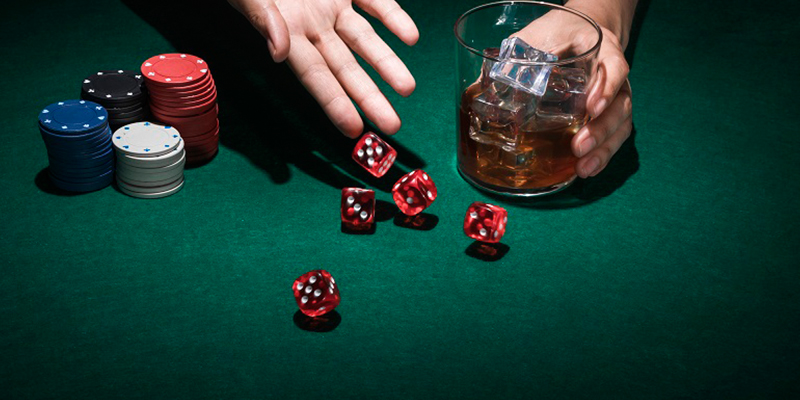
The dealer moves the dice in your direction while you take the shooting turn. You can't just take them and chuck them, right? When throwing dice, there is a technique and specific guidelines to follow.
Casinos are taking a significant risk by allowing patrons to manipulate the dice and touch the equipment physically. Not only will it help them maintain their gaming license, but they also need the dice to be random. But since winning consistently is difficult due to unpredictability. Additionally, the casino triumphs if the players are unable to win.
To ensure the most significant amount of randomness and to prohibit any sort of cheating, such as the substitution of loaded dice or unlawful throws, casinos apply a variety of restrictions. So, here is a step-by-step tutorial on throwing dice:
Place a Bet on Pass or Don’t Pass
Only participants who are placing bets are eligible to shoot. Placing a Pass Line bet is betting with the dice, and placing a Don't Pass bet is betting against the dice. There are different terms for the two types of bets, Pass Line bets are also said to be "betting right," while Don't Pass bets are said to be "betting wrong." Therefore, you should determine which bet you are into so you can be the right shooter.
Toss Both Dice at the Same Time
There are several ways to throw dice. This shooting dice technique really depends on each person’s interests. Some people throw them from their palms, while others hold them between their thumb and middle or fingers. But the strong advice here is you need to throw the dice at the same time.
Another thing to remember is not to toss the dice higher than the staff's line of sight. Typically, you will get a few opportunities to shoot, so you should be able to refine your technique.
The Dice Must Hit the Back Wall
Casinos may let it happen once or twice as long as at least one die strikes the wall, or both dice make it almost all the way there. Otherwise, they could call it "no roll" if you don't shoot with enough power and they fall far from the wall.
Avoid Void Throws
The dealer may declare a void throw if just one dice is thrown, if more than one dice is tossed, or if a dice lands outside the playing area. It should go without saying, but the shot is worthless, and you must throw again if one dice remains in your hand while the other is released and strikes the rear wall.
Similarly, if you shoot high and wide and one or more dice land on the ground, it counts as a void throw, and the dealer will also offer you new dice. In addition, a dice will also be considered void if it landed in the dealer's bowl or regions where chips are piled.
Shooting Dice Tricks and Tips
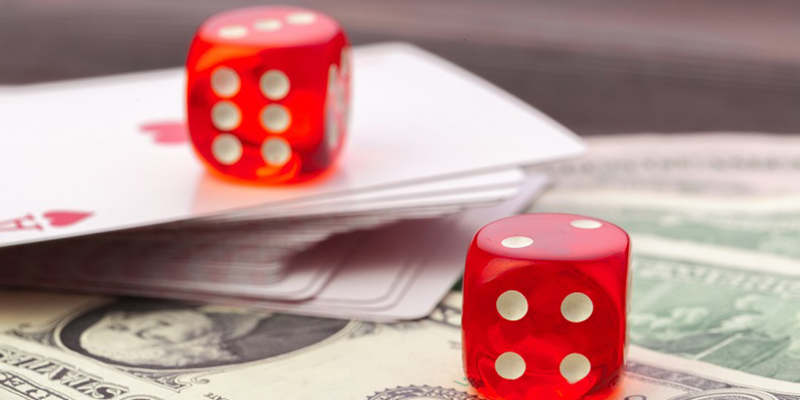
Frank Scoblete, the author of several best-selling casino game publications, including "Golden Touch Dice Control Revolution" and "Cutting Edge Craps," is where the public first heard about dice control. In his book "Wong on Dice," renowned blackjack specialist Stanford Wong also addressed the dice control issue.
Dice control isn't really about trying to roll specific numbers. No one asserts they can approach the table and randomly roll 6s or any other number.
Once a threshold has been reached, the focus is mostly on reducing the percentage of 7s. To win with more 7s on the comeout and fewer 7s after a point, some players moving through the levels also strive to increase the proportion of 7s on the comeout.
Although the procedure seems simple, remember that this is a physical talent. Dice control takes a lot of work and muscle memory to master, like other physical talents like shooting billiards, bowling, or free throws in basketball.
Not every person who attempts it will be able to use it and gain the upper hand over the home. Some players—possibly even the majority—will discover that they can never cross the bridge from random outcomes.
Even those who are talented and experienced enough to handle well may discover there are certain days when they simply lack rhythm. It's best to leave the craps table on such days simply.
Dice Control Key Points
Set the dice down first. Most dice controllers start by positioning themselves such that both dice have a three face on top and that the diagonal lines created by the three locations on each dice align similarly.
The 3s don't have to be face up, although dice controllers like it when both dice display the same number. Starting the game with threes on the dice is standard for craps players, and the staff is not alarmed that the shooter may be a dice controller.
Nobody wants to wait around as the shooter sets the dice, though. As a result, you must develop the ability to swiftly locate the top dice faces. The staff won't tolerate you slowing down the game since time equals money in a casino.
Between your thumb and forefinger, hold the dice.
Shoot the dice in a gentle arc by swinging your arm back and forth like a pendulum. You don't want to roll the dice at all. They should rotate through the air as little as possible. Additionally, the dice's arc should keep them tightly, closely spaced apart. When you release more space between them, they will likely fall with erratic bounces in various directions.
The dice must roll against the rear wall before landing on the desk. However, your aim in softly releasing the dice and minimizing rotation is to remove some randomizing elements from the roll.
Thus, you want the dice to stop abruptly and not repeatedly bounce. The perfect roll will gently stroke the back of the wall, bounce once on the table, and stop.
Practice at Home
The idea is simple enough: Release the dice carefully so they bounce a minimum amount of times while swinging your arm like a pendulum.
It's a challenging physical talent that takes time to master through practice. According to specialists in dice control, you should practice your roll every day for up to an hour. You shouldn't devote all your practice time to playing at casinos because it requires so much repetition and time. You put money on the line when gambling at a casino. You aren't honing your roll when you're waiting for other shooters.
You may employ various techniques at home to gain enough practice time without running the danger of significant losing sessions.
Practice Playing on a Regulation Craps Table
Purchasing a legitimate craps table and practicing on it is the approach that most nearly resembles real-world casino settings. However, there are several issues with the approach. One reason is that some regions may be unlawful to own gambling equipment privately. Craps tables are pricey and take up a lot of room, even where they are legal.
Only a small group of devoted players with lots of room in their homes and money to invest can go as far as to build a regulation table.
Read more: What Is the Iron Cross Strategy in Craps?
Buy or Build a Practice Box
This is far simpler on your wallet and available space than purchasing a whole table. Online searches can direct you to websites where you can buy practice rigs for a few hundred dollars, or if you're adept with tools, you can locate plans to make your own.
Small, three feet broad by three feet deep, at the proper height, and with folding legs for simple storage are the dimensions of commercial practice rigs. To replicate the same circumstances you'd find in a casino, the back wall has regulatory pyramids, and the surface has cushioned felt that is typically approximately an inch and a half thick.
It is up to you to approach, adopt your usual rolling position, take the pendulum swing, and seek to have the dice lightly strike that rear wall.
Simply practice your roll tossing into any accessible surface if you're in a bind. Dice may be rolled onto a bed, a couch, or a dresser drawer. You won't get actual bounces from these, so your feedback on the numbers you roll won't be correct. Creating muscle memory can help you maintain the habit of swinging your arm like a pendulum.
Final Thoughts
Today's article introduced you to the ritual of rolling the dice in craps and the notes around this issue for players. Also, if you have any other questions in the world of online gambling, you can refer to the in-depth how-to articles posted on our website.









